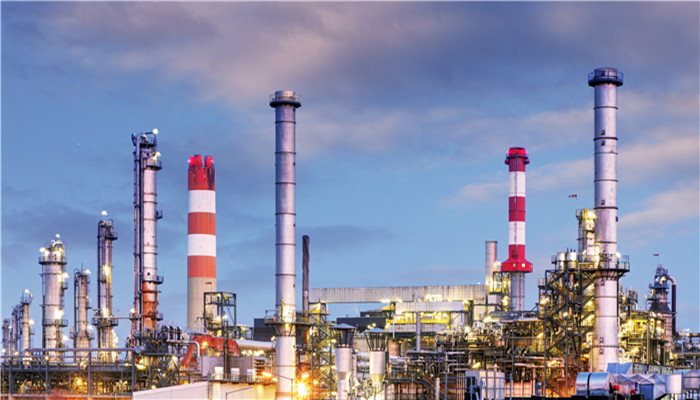
Electrolytic aluminum production continues to grow, and the industry faces many challenges
Electrolytic aluminum uses aluminum oxide as the solute, molten cryolite as the solvent, carbon body as the anode, and aluminum liquid as the cathode. After passing in a strong direct current, at 950℃-970℃, on the two poles in the electrolytic cell The final aluminum product resulting from an electrochemical reaction.
The upstream of the electrolytic aluminum industry chain is the supply of raw materials and production equipment such as bauxite, alumina, and electrolytic cells; the midstream is the production of products, and the downstream is widely used in construction, automobiles, metallurgy, machinery manufacturing and other fields.
According to the“China Electrolytic Aluminum Product Market Analysis Feasibility Research Report 2023-2027” released by the Industrial Research Center, as my country The urbanization process continues to accelerate, infrastructure continues to improve, and national living standards continue to improve, and the demand for housing, cars, etc. continues to grow. Driven by downstream market demand, my country’s electrolytic aluminum production continues to grow. In 2022, my country’s electrolytic aluminum production will exceed 40 million tons.
Electrolytic aluminum is an industry with high energy consumption and high emissions, and is greatly affected by policies such as “dual control” and “double carbon”. The “Opinions of the Central Committee of the Communist Party of China and the State Council on Completely, Accurately and Comprehensively Implementing the New Development Concept and Doing a Peak and Carbon Neutral Work” proposed that we should resolutely curb the blind development of high-energy-consuming and high-emission projects, build and expand steel, cement, flat glass, electrolytic High-energy-consuming and high-emission projects such as aluminum strictly implement the replacement of equivalent or reduced production capacity. The “Implementation Plan for Carbon Peaking in the Non-ferrous Metal Industry” jointly issued by the Ministry of Industry and Information Technology, the National Development and Reform Commission and the Ministry of Ecology and Environment states that during the “15th Five-Year Plan” period, the energy consumption structure of the non-ferrous metal industry will be greatly improved, and the proportion of renewable energy used in electrolytic aluminum will reach 30% above.
Affected by national policies, my country’s electrolytic aluminum production enterprises are accelerating their transformation and upgrading in a green and low-carbon direction. Backward production capacity will gradually be eliminated by the market, and new production capacity will gradually be transferred to areas rich in hydropower resources such as Guangxi and Yunnan. However, as hydropower energy in Guangxi, Yunnan and other regions is greatly affected by the wet and dry seasons, it still has a certain impact on the production of electrolytic aluminum. In addition, the electrolytic aluminum industry is greatly affected by Sino-US trade frictions and energy price fluctuations, and industry development faces many challenges.
From the perspective of market structure distribution, my country’s current electrolytic aluminum production companies include China Aluminum Co., Ltd., Shandong Nanshan Aluminum Co., Ltd., State Power Investment Group Co., Ltd., Oriental Hope Group Co., Ltd., and Shandong Xinfa Hope Aluminum Co., Ltd. , Guangxi Huayin Aluminum Co., Ltd., etc., among which China Aluminum accounts for nearly 10% of the market share, ranking first, and the market structure is relatively fragmented.
Industry analysts said that in the face of the continuous strengthening of national environmental protection policies, the increasingly severe international situation, and rising electricity prices, electrolytic aluminum production has Enterprises need to continuously optimize the industrial structure, develop green and environmentally friendly clean energy, develop new technologies and new processes to improve production efficiency, reduce pollution emissions, promote industry transformation and upgrading, and develop in a green and sustainable direction.

 微信扫一扫打赏
微信扫一扫打赏

